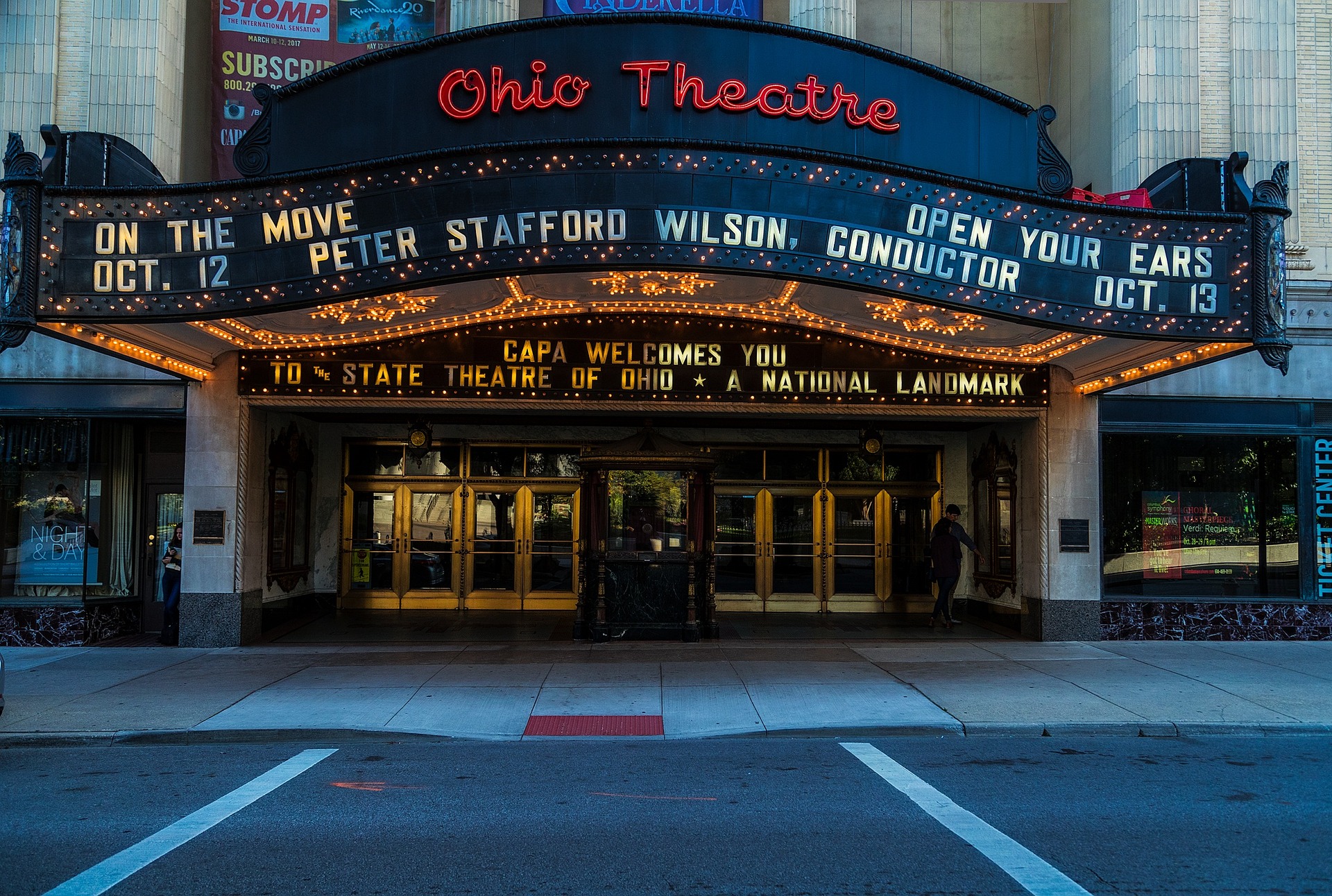Digital Stagecraft: Virtual Production’s Quiet Transformation of Cinema
Virtual production is redefining the language of filmmaking, blending real-time visual effects, LED walls, and game engine technology to create immersive worlds on set. This emerging approach, once the domain of high-budget blockbusters, is quietly reshaping how stories are told, who tells them, and what is possible in the art of cinema.

From Painted Backdrops to Digital Worlds
The history of cinematic illusion is a story of technological ingenuity. In early Hollywood, filmmakers relied on painted backdrops, models, and clever lighting to conjure distant lands or epic battles. As the decades passed, blue- and green-screen compositing allowed actors to perform in front of colored sheets, with backgrounds added in post-production. While transformative, these methods required actors to imagine environments and interactions, often resulting in performances that felt disconnected from their digital surroundings.
In the 2010s, the steady advance of computer graphics and real-time rendering tools began to shift the paradigm. Game engines like Unreal and Unity, initially designed for interactive entertainment, proved capable of generating photorealistic environments at astonishing speeds. Meanwhile, LED display technology matured, leading to the development of massive, high-resolution walls that could wrap around a soundstage. Suddenly, filmmakers had the ability to visualize and alter virtual backdrops in real time, on set—ushering in the era of virtual production.
The Mandalorian and the Mainstreaming of Virtual Sets
A pivotal moment for virtual production arrived with Disney’s The Mandalorian in 2019. The Star Wars series employed a technique known as the Volume: a cavernous soundstage lined with LED panels displaying real-time environments rendered in Unreal Engine. Actors walked through alien landscapes that responded to camera movement and lighting changes, offering unprecedented realism. The technology enabled in-camera visual effects, reducing the need for costly post-production work and lengthy location shoots.
The industry took notice. Since then, major studios have incorporated virtual production methods into projects ranging from blockbuster sequels to television dramas and commercials. Productions like The Batman, Thor: Love and Thunder, and Westworld have used LED volumes to achieve visual spectacle while streamlining logistics. Even as the initial novelty fades, the impact of the technique continues to ripple outward.
Democratization and New Creative Voices
While virtual production began as a tool for the largest studios, recent developments have brought it within reach of independent filmmakers, regional studios, and even art-house projects. Open-source software, falling hardware costs, and remote collaboration platforms have lowered the barriers to entry. Smaller productions can now leverage modest LED walls or virtual sets, achieving ambitious visuals with limited resources.
This democratization is fostering a new wave of creative experimentation. Directors and cinematographers can pre-visualize complex scenes, adjust lighting and scenery on the fly, and collaborate seamlessly with visual effects teams. The result is a more agile and iterative filmmaking process. Emerging talent, previously excluded by the sheer scale and cost of traditional VFX, are now exploring stories that traverse fantasy, science fiction, and surrealism with newfound confidence.
Rethinking Performance and Collaboration
Virtual production is not just about dazzling images—it is reshaping how actors and crews work together. Unlike green screen, which often isolates performers, LED volumes immerse them in the world of the story. Subtle cues, reflections, and changing light conditions help ground performances in reality. Directors can see final compositions live on set, making creative decisions with greater speed and clarity.
This technology is also enabling international collaboration on an unprecedented scale. Real-time workflows allow artists to contribute assets, tweak environments, and troubleshoot from anywhere in the world. During the COVID-19 pandemic, these tools proved invaluable, allowing productions to continue with smaller crews and minimal travel. The blending of physical and digital workspaces is rapidly becoming a defining feature of 21st-century filmmaking.
New Challenges and Artistic Possibilities
Virtual production is not without its growing pains. The upfront costs of LED stages, technical expertise, and workflow integration can be daunting, particularly for traditional filmmakers. There are creative challenges as well: directors must master new visual grammars, and cinematographers must adapt to the quirks of digital lighting and parallax. As with any technology, overreliance can lead to visual sameness, with certain looks and styles becoming ubiquitous.
Yet, the artistic possibilities are vast. Filmmakers are beginning to use virtual sets not just for realism, but for stylization, abstraction, and world-building. Animated features, music videos, and experimental shorts are harnessing the technology to evoke dreamlike, impressionistic moods. By combining practical effects, physical sets, and digital worlds, artists are finding new ways to blur the line between reality and imagination.
The Road Ahead: Sustainability and Global Reach
As environmental concerns grow, virtual production offers a more sustainable approach to filmmaking. By reducing the need for travel, set construction, and physical resources, productions can lower their carbon footprint. Studios in Asia, Europe, and Latin America are investing heavily in virtual production infrastructure, signaling a global shift. This expansion is not just technological but cultural: as more regions access these tools, new voices and perspectives will shape the stories we see on screen.
In 2024, virtual production is quietly transforming the art and business of cinema. No longer a novelty, it has become an essential part of the creative toolkit, empowering filmmakers to dream bigger, collaborate more fluidly, and tell stories that transcend the limitations of the physical world. As artists continue to push the boundaries of what is possible, virtual production stands poised to define the next era of cinematic storytelling—one where the only limits are imagination and ingenuity.




